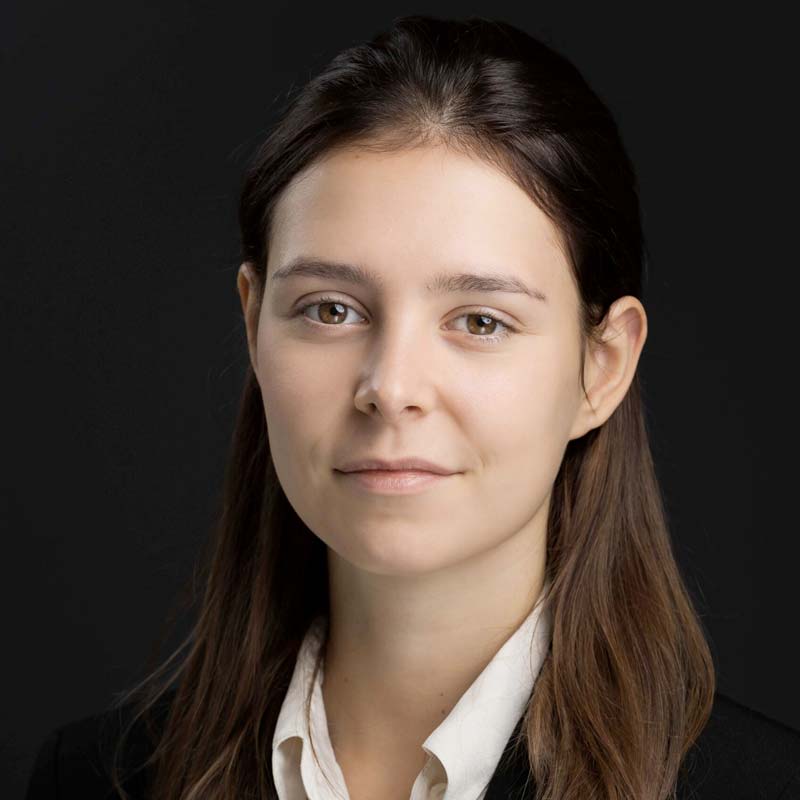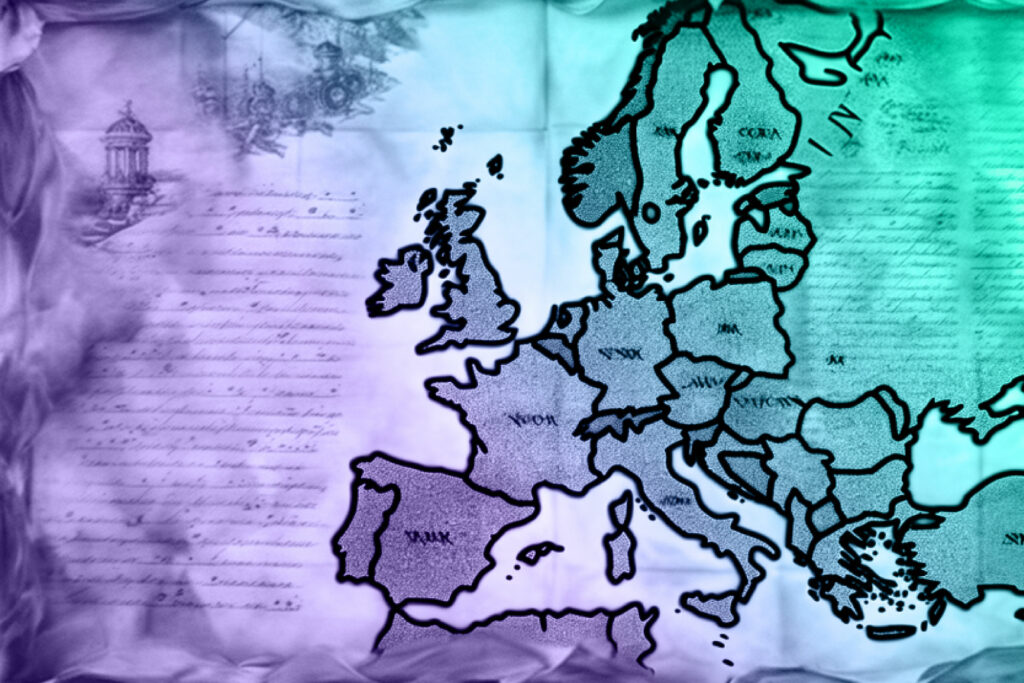By Charlotte Bucchioni, Capstone Energy Analyst
November 20, 2023
Capstone’s analysis of the differing operating environments for companies operating in both the US and the European Union often highlights several underappreciated dynamics in their respective policy and regulatory approaches.
For example, we often receive questions about liability risks and sizing due to the growing environmental, health, and safety issues faced by companies operating in both geographies. It often surprises our clients when our comparative analysis shows substantially lower personal injury and tort litigation risks for regulatory infringements in the EU compared to the US. Notably, ripped from the headline cases we have followed include scandals involving the French nursing home giant Orpea and PFAS manufacturers 3M, Arkema, and Solvay. In every instance, our assessment of personal liability revealed negligible risks for these companies.
It often surprises our clients when our comparative analysis shows substantially lower personal injury and tort litigation risks for regulatory infringements in the EU compared to the US.
In February 2022, French authorities initiated an investigation into mistreatment allegations at Orpea’s care homes, resulting in a 63% stock decline and a €6 billion wipe-off in valuation. In the aftermath of the scandal, the company nearly failed due to a spike in interest rates, heightening debt servicing obligations that had expanded overly rapidly during a low-interest rate environment.
However, in our initial analysis of the case, Capstone underscored that the valuation plunge linked to mistreatment accusations was disproportionate to the real risks the company faced (see “French Nursing Home Scandal Poses Low Litigation Risk for Orpea and Korian, But Legislation and Fines a Bigger Threat,” 8 March 2022). Based on Article 221-6 of the French Penal Code, involuntary manslaughter is punishable by three years’ imprisonment and a fine of €45,000. If the person or group charged had a duty of care, then the penalty increased to five years imprisonment and a fine of €75,000. Assuming all 100 cases launched against Orpea were to succeed (which we consider unlikely), total fines for the company would amount to €7.5 million—a fraction of the market’s overreaction to potential penalties. In June 2022, the first plaintiff received €65,000 in damages for the death of a family member attributed to negligence at one of Orpea’s facilities.
For PFAS manufacturers such as 3M, whose Antwerp plant in Belgium exhibited contamination levels of 100x the recommended maximum for soil and nearly 700,000x the recommended threshold for water, the company managed to secure a €571 million agreement with the government for cleanup. A mere 1% of this amount (€5 million) was allocated to compensate farmers affected by the pollution. In the Netherlands, fishermen impacted by the pollution of 3M’s plant, which flowed to the Netherlands through the Scheldt River, are seeking government compensation. However, we anticipate that any such compensation, if realized, will likely be limited to less than €100 million, most of which will likely be used for cleanup expenses rather than personal injury (see “EU Energy Weekly: EU-Wide PFAS Ban Poses Material Risk to Chemours, Solvay, Arkema; 3M Faces Manageable Liability Amid Dutch Inquiry”, 3 March 2023).
One important consideration in these cases is plaintiffs often cannot claim health treatment costs covered by social security, a benefit provided in most European countries. Major health treatment expenses, including those related to PFAS-induced cancers, typically would be covered. While compensation for anxiety and stress is claimable, payouts generally are nominal. For instance, a family who lived near 3M’s plant in Belgium received €2,000 in damages due to pollution-induced stress, even though their PFAS levels were 100x higher than the recommended limit.
Several other factors contribute to the complexities of European liability cases. Unlike the US, where a single liability regime governs environmental pollution with federal nuances, the EU is more fragmented, hindering the ability to leverage precedents across jurisdictions. Additionally, many contamination cases are settled privately, limiting the establishment of precedents for new claims or joint actions among affected regions. Finally, group claims, a very effective instrument to claim damages in the US, are rare and untested. All factors combined; Capstone’s internal liability modeling puts US liability for 3M at $29.7 billion, several orders of magnitude greater than the €0.7 billion in liability the companies face in Europe.
The typical approach to addressing significant violations in Europe involves increasing regulatory thresholds guiding companies to compliance rather than imposing substantial fines—a practice we believe is often underappreciated.
The typical approach to addressing significant violations in Europe involves increasing regulatory thresholds guiding companies to compliance rather than imposing substantial fines—a practice we believe is often underappreciated. In the case of Orpea, the French regulator implemented new safeguards, effective from January 1, 2023, including adding laundry services to mandatory minimum basic services and the publication of key indicators such as patient supervision rates, staff turnover, and daily food budget person. To address PFAS contamination, the EU reinforced provisions within the Drinking Water Directive in 2021, introducing PFAS-specific limits and proposing a complete ban on all PFAS, currently undergoing legislative processes with adoption expected in early 2026.
A top-down regulatory model, however, presents companies with their own risks, often threatening the ability to manufacture and sell within the EU, or severely restricting that ability, due to the new rules. The PFAS ban proposal will include more than 10,000 chemicals, with the largest impacts expected in the fluoropolymer sector, which will likely obtain fewer derogations than other sectors compared to the sector’s size.
Understanding the critical differences across the pond is vital for companies and investors seeking to mitigate risk and unveil novel opportunities. The European liability framework is weakened by jurisdictional fragmentation and a preference for top-down regulation, which provides companies with a degree of shelter from substantial liabilities. However, like the host of geographies Capstone works in, the devil is in the details, and careful analysis is the order of the day when it comes to understanding the European regulatory framework.

Charlotte Bucchioni, Capstone Energy Analyst
Read more from Charlotte:
Germany’s Softening Blue Hydrogen Stance a Positive for Producers
EU Energy Crisis Response: Why Renewables, Hydrogen, Recycling Will Play a Bigger Role
Read Charlotte’s bio here.



























